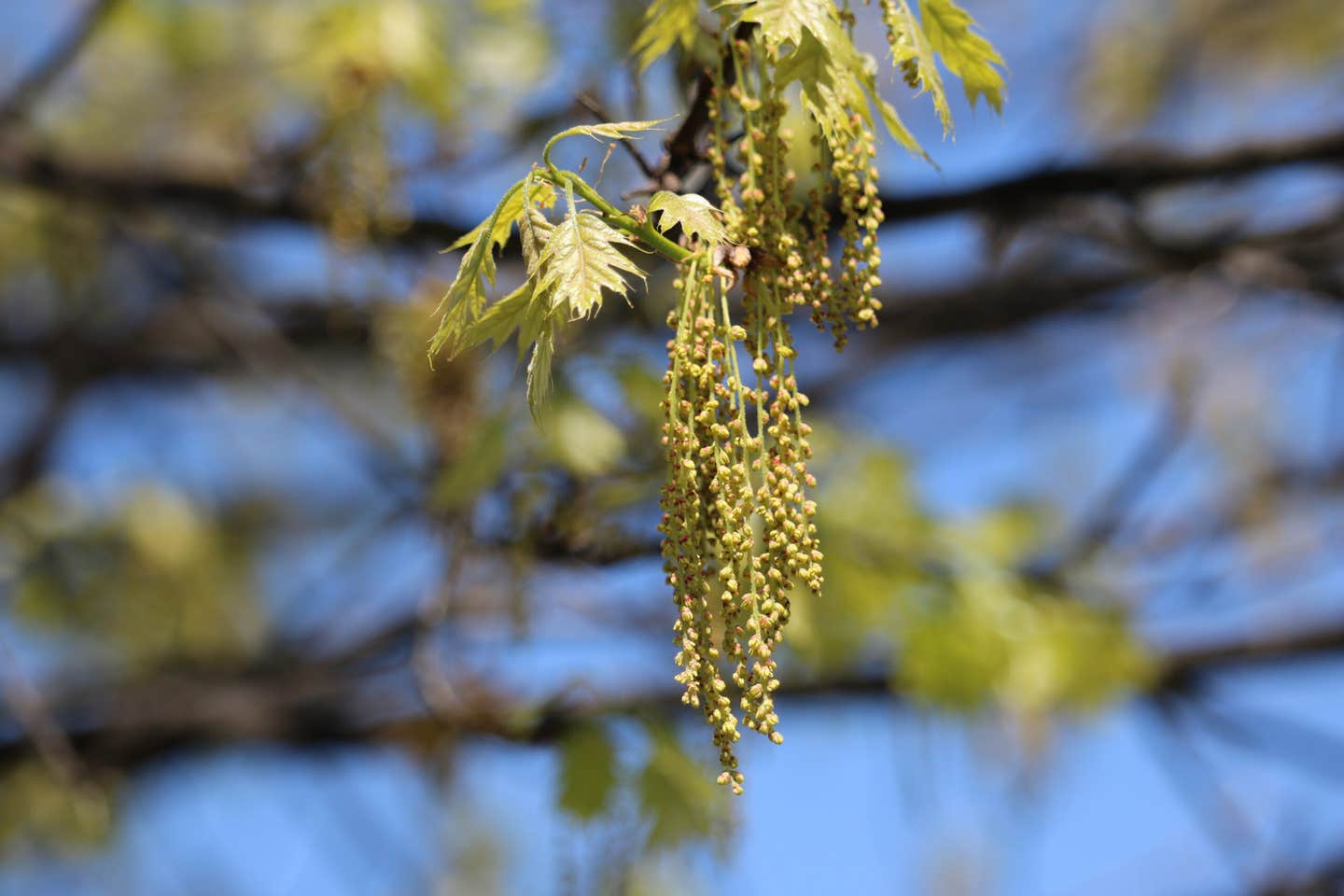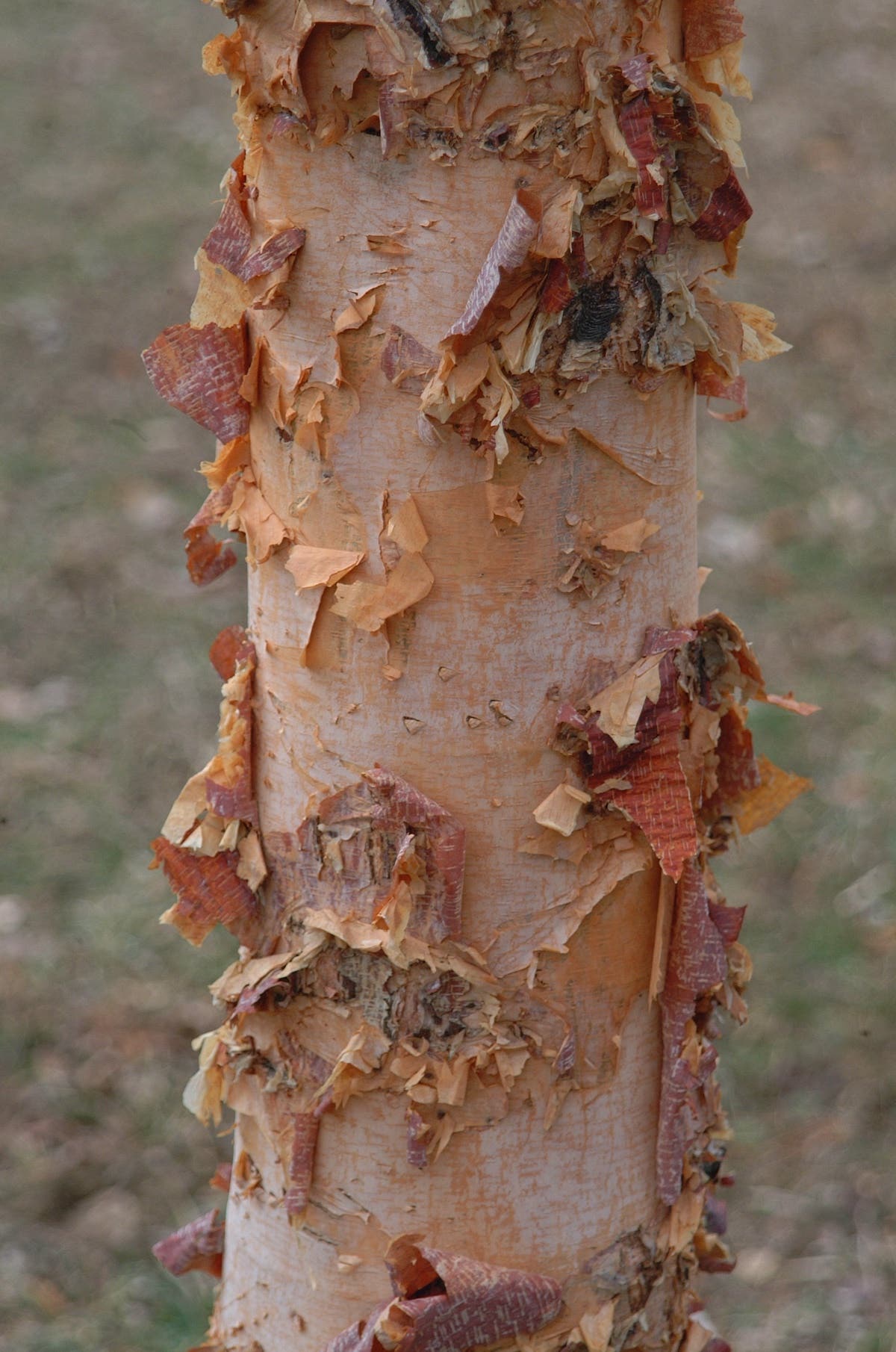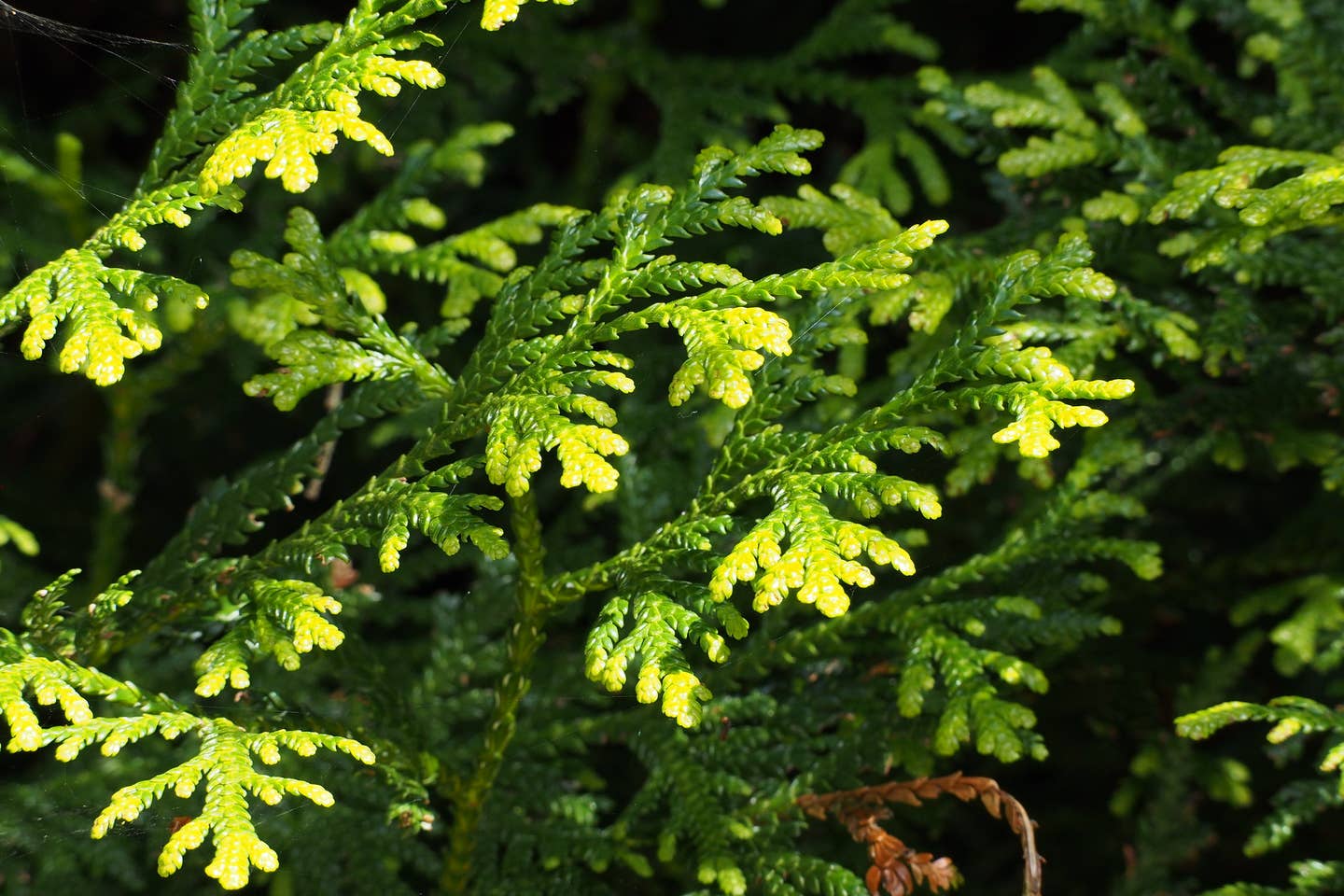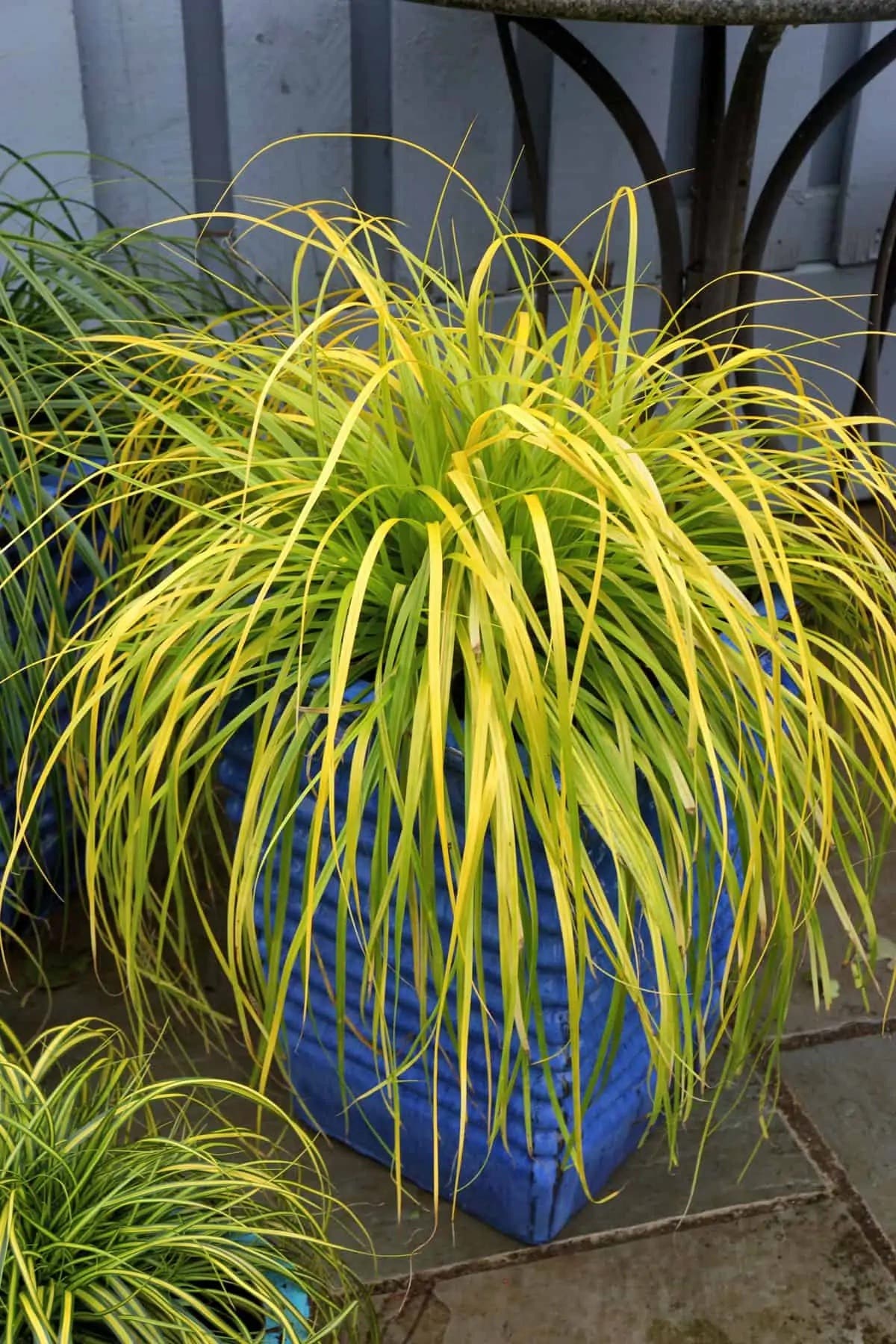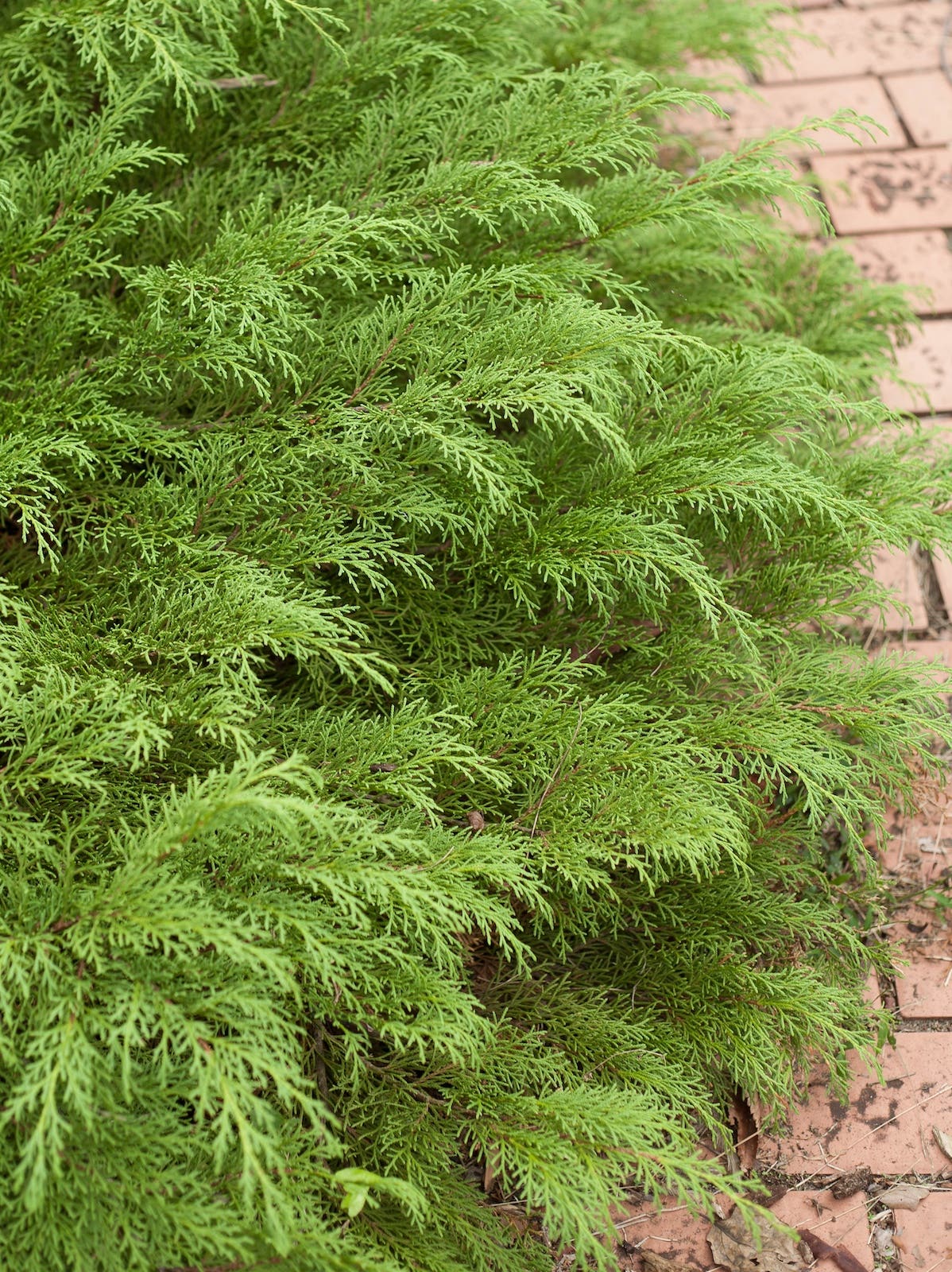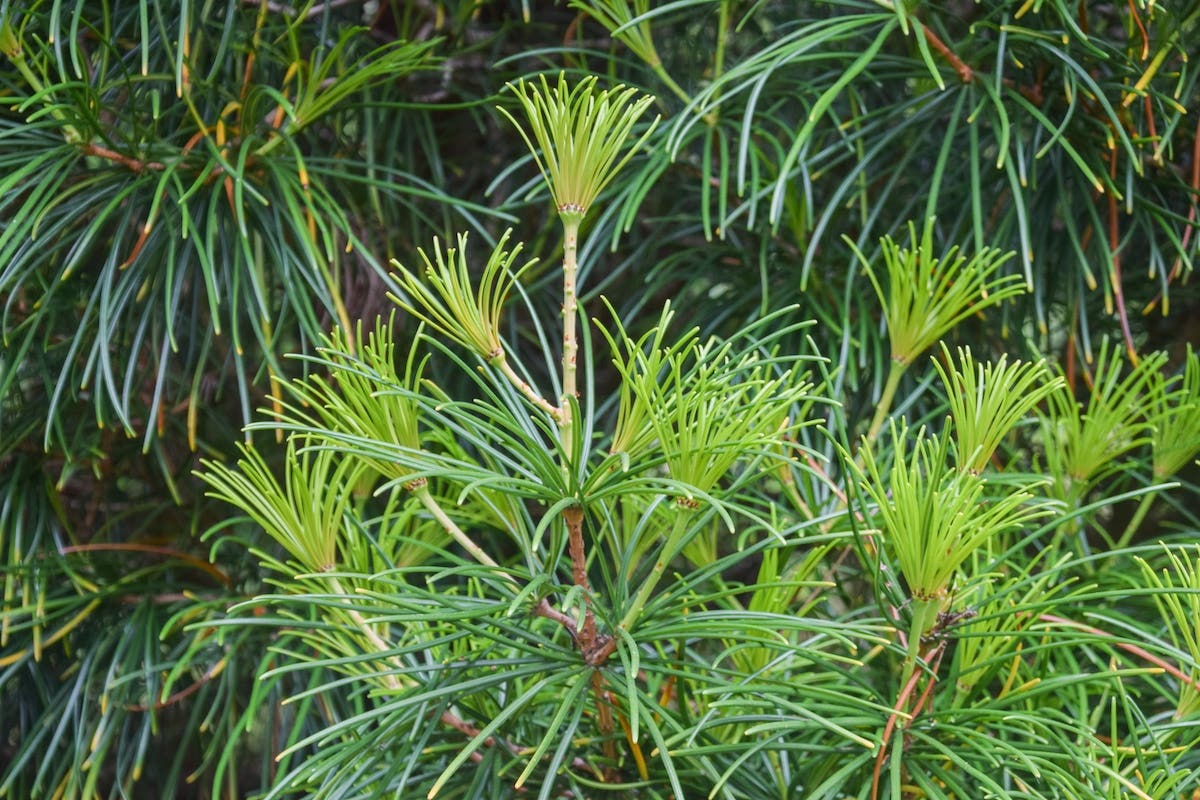Growing Bromeliad Plants
Learn how to successfully care for bromeliads with this help from horticulturist David Burdick: Most bromeliads are epiphytic. In nature they use their wiry roots for fastening themselves to trees…
Learn how to successfully care for bromeliads with this help from horticulturist David Burdick:
Most bromeliads are epiphytic. In nature they use their wiry roots for fastening themselves to trees or rocks, not for water and nutrient uptake. Many bromeliad leaves are arranged as a funnel-shaped vase that captures and holds water. The water is taken into the plant body through tiny scales (called trichomes) on the upper side of the leaf bases. Keep the central cup and leaf bases of such “tank” types filled, using a watering can with a thin spout to run a stream down the center of each leaf blade, stopping before there is any overflow. It is especially important to try to keep the soil of potted bromeliads on the dry side while they winter indoors.
The atmospheric Tillandsia, or air plants, (bottom image) generally lack the watertight tank formation and instead have little winged trichomes covering their bodies. These collect dew, fog or rain droplets and transport this water by their specialized central cells to the inner plant body. When dry the trichomes trap air that then reflects light, giving many of them a gray or whitish appearance. An occasional wave from the watering wand is about all they need while summering outdoors, but the lack of humidity in heated homes requires that you give them adequate water while they winter inside. Misting isn’t enough. Instead, every two weeks or so, fill the sink and submerge them overnight. In the morning you will have a fully hydrated plant, but be sure to turn them all upside down and shake off any excess water. After that they’re good to go for another fortnight.
As for light, plants with stiff, spiny leaves can take more intense light, while those with soft unarmed foliage prefer partial shade. The whitest air plants stand the most sun and dry conditions, while the green types enjoy more diffused light and increased moisture levels. A bromeliad not receiving enough light will produce leaves that are longer and thinner than normal.
Tillandsia image
_____________________________________________________
Become an expert at container gardening with help from the Container Gardening Value Pack.
Learn how environmental elements such as light, water and soil impact the growth of your plants by downloading the Garden How-To University Course: Environmental Effects on Your Garden.
Want to expand your container garden or just want add some easy-to-grow plants to your collection? Try the Container Flower Garden Collection, which includes seeds of Pixie Sunshine Zinnia, Little Ladybird Cosmos, Heirloom Cupid Sweet Pea, Junior Sunflower and Whirlybird Nasturtium.
Bring some flair to your outdoor, and even indoor, gardens with Santa Fe Planters. Their unique, tall stature is sure to enhance any space.
Help make the process of choosing which plants to add to your garden easier with the Garden Wheel 5 Pack.


